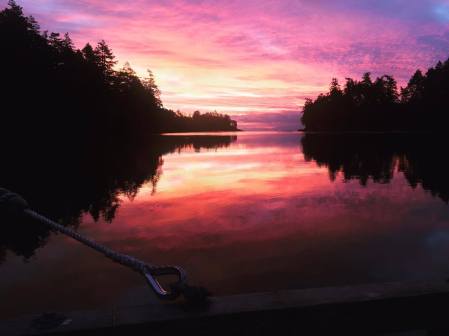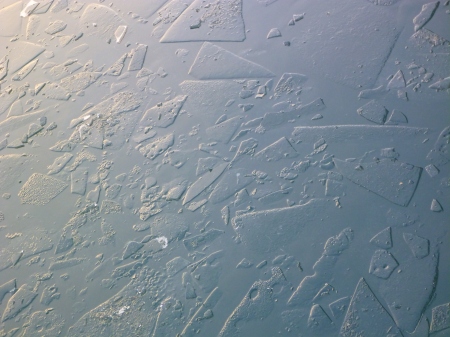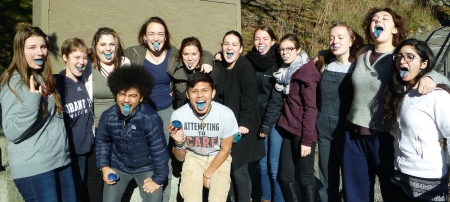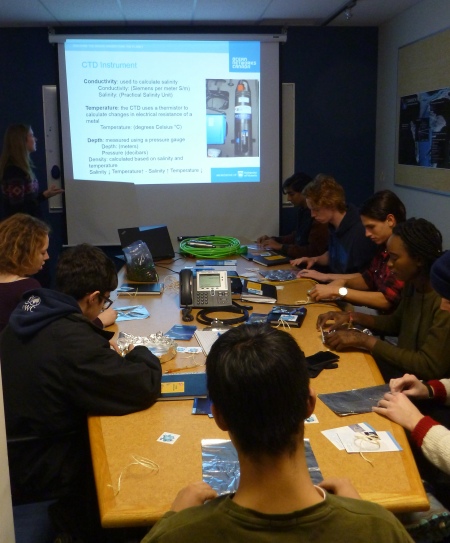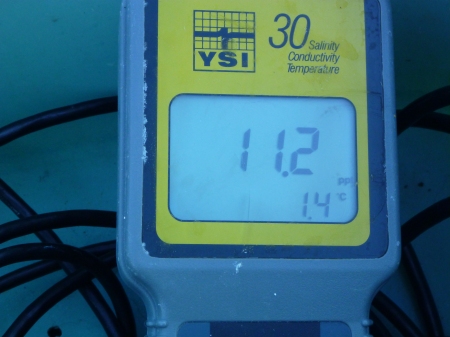After learning from Ivonne yesterday that there was a dead sea lion at Weir’s Beach and after getting permission from DFO, first and second year Biology students participated in a necropsy of a California sea lion (Zalophus californianus) this morning.
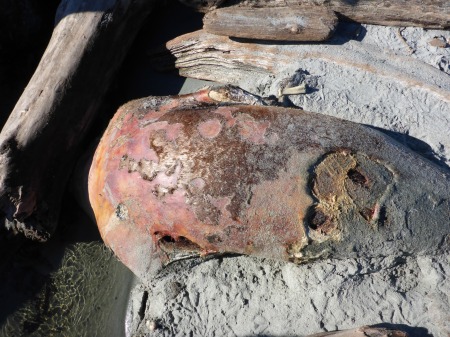
Above is how we found it initially yesterday (31 January 2017) – apparently the sea lion washed up on Weir’s Beach, headless, on 20 January.
We began the necropsy by opening up the abdominal cavity.

Opening the abdominal cavity

Diaphragm, liver and small intestine
We excised the liver, stomach and small intestine.

Inside of stomach with rugae

Small intestine
Several students worked on stretching out the small intestine then they measured it to be 51.7 m long!
We then moved into the thoracic cavity, after cutting through the blubber and thick, dark red pectoral muscles.

Measuring blubber thickness

Blubber and dark red pectoral muscle
The heart, right lung and and trachea were removed and examined by students.

Dina and Annie examine the trachea
We were blasted by sand and a bitterly cold wind throughout, but students remained engaged & interested. An amazing opportunity!

Sand blasted

Stalwart students
The photo below is my favourite – Emily is holding the mesentery in the wind.
 See Flickr page for many more photos.
See Flickr page for many more photos.
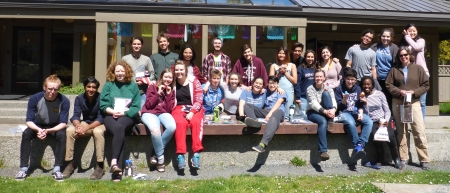 A new format this year for the Marine Science exam saw students writing paper 1 yesterday afternoon then they reconvened this morning for paper 2.
A new format this year for the Marine Science exam saw students writing paper 1 yesterday afternoon then they reconvened this morning for paper 2.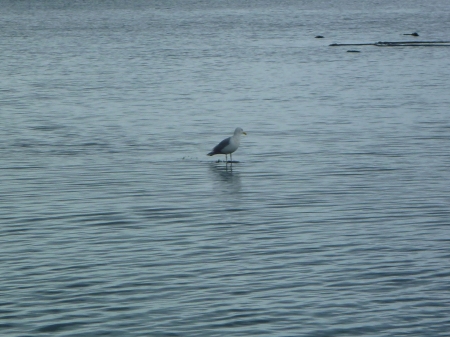
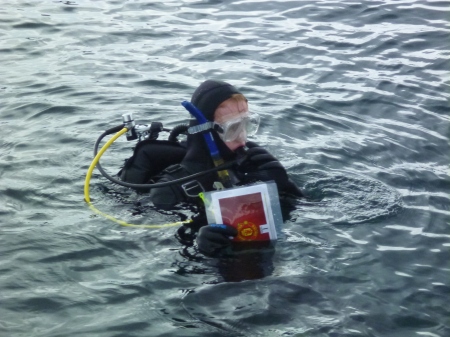
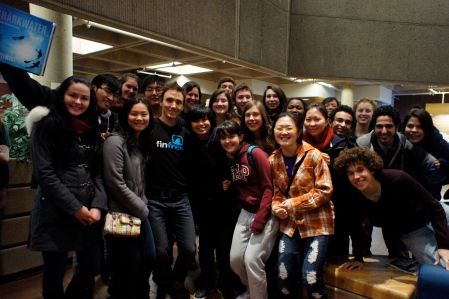
















 See
See 








